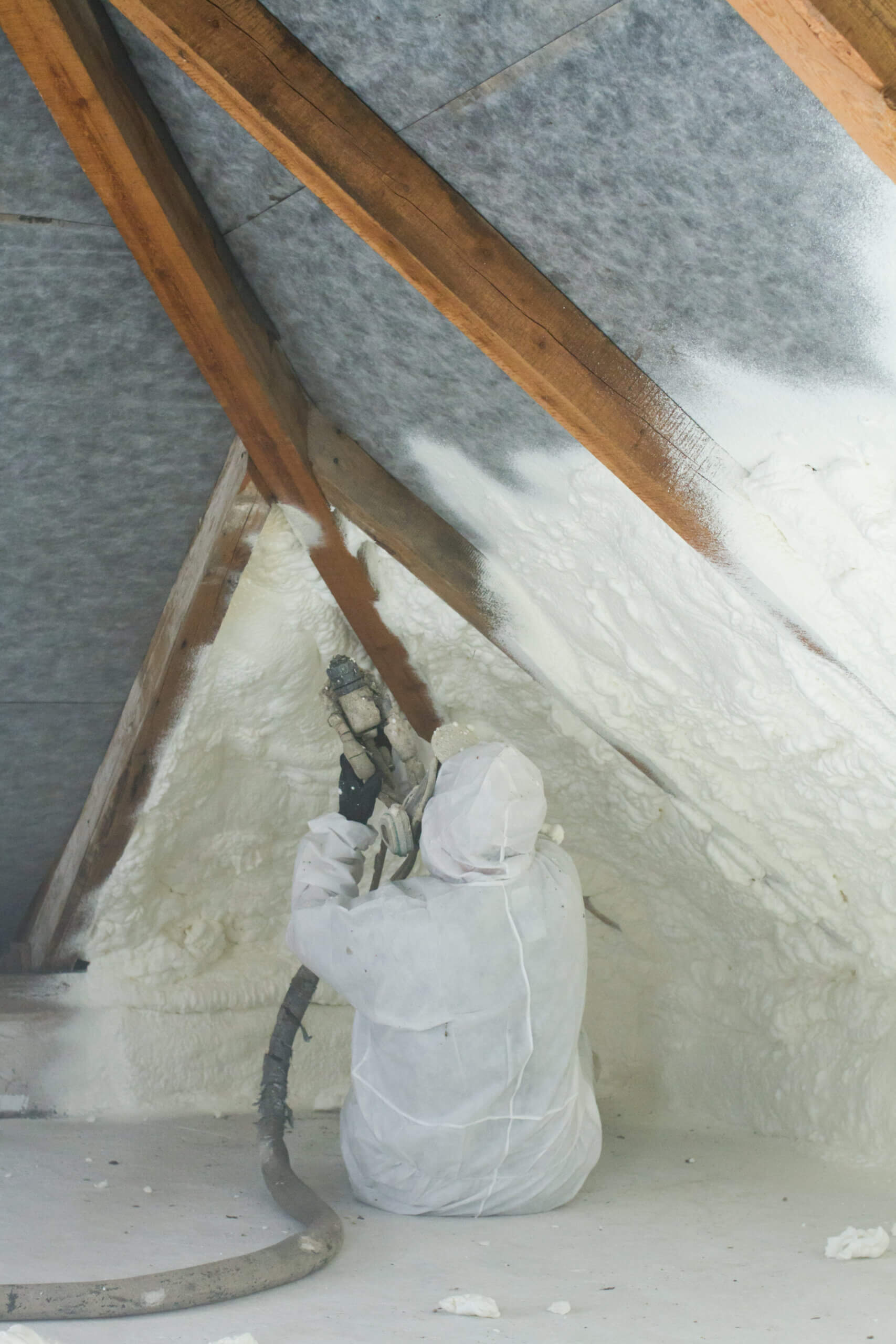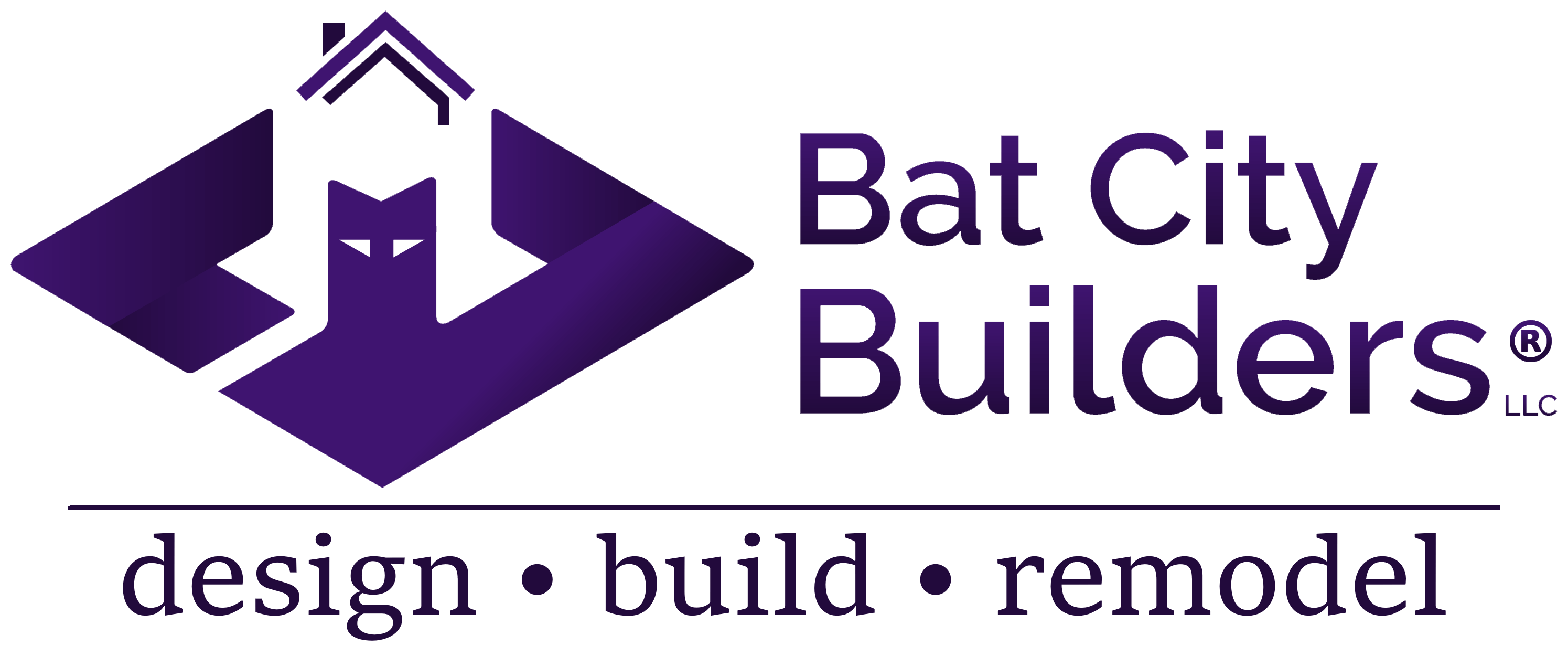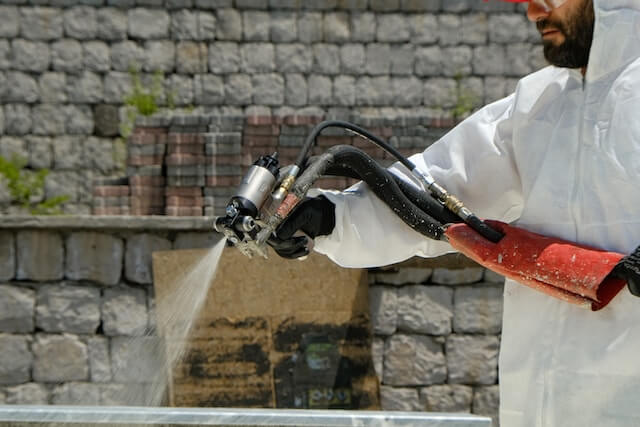Did you know that approximately 90% of homes in the United States are under-insulated? This was discovered during a 2016 study by the Boston University School of Public Health. In Texas, specifically, it is common for homes to be poorly insulated, especially those built before the 1980s. It may even be the case that your home falls under that statistic of being under-insulated. If you are unsure about the current state of your insulation, consult with a licensed contractor or local building authority.
What is Open Cell Foam?
Open cell foam insulation is easy to work with. That is because it is lightweight and pliable, with more space between the cells than closed cell foam. Due to its very high expansion rate, open cell foam is a great way to get in the nooks and crannies of your home. It expands by almost 100 times its size once it has been applied. While this type of insulation is typically less expensive and can be used in a wider range of applications, it is important to note that it is often less effective. If you live in an area with extreme temperatures, open cell foam is not ideal.
What is Closed Cell Foam?
Why Does Your House Need Insulation?
Insulation is known to be one of the most efficient ways to save energy. It reduces both your environmental impact and the strain on your HVAC system. But any custom home builder in Texas will tell you that insulation doesn’t just lower your heating and cooling costs by providing resistance to heat flow. Without proper insulation, your house could face health hazards. One serious problem is moisture buildup. This could lead to the growth of mold and mildew. When you have insulation, however, it prevents this buildup by creating a barrier that reduces the amount of warm, humid air entering your home.
Another thing to note is that insulation reduces noise transmission. It does this by absorbing sound waves so that they do not absorb through walls and floors. This means your home is a quieter, more peaceful place.

Photo by ctvvelve on Adobe Stock
How Does Spray Foam Insulation Work?
What Does R-Value Mean?
R-value is a measure of a material’s ability to resist the transfer of heat (aka thermal resistance). The “R” stands for resistance. In the case of spray foam insulation, the R-value can vary depending on the manufacturer and the age of the product. That said, open cell foam commonly ranges from R-3.6 to R-3.9 per inch. Alternately, closed cell foam typically falls between R-6 to R-7 per inch.
What are Misconceptions About Spray Foam Insulation?
There are plenty of myths when it comes to spray foam insulation. You may have heard that closed cell foam insulation is the best option for your attic roof deck, for instance. However, it is actually the case that, no matter your climate zone, open cell foam is ideal. Should there be any leaks in your roof deck, the open cell will show you.
Is Insulation Foam Controversial?
Although insulation foam is a popular construction material because of its thermal and acoustic insulation properties, it does have an impact on the environment. This is because the foam is made from petrochemicals. These are non-renewable resources that contribute to greenhouse gas emissions. Exposure to insulation foam also comes with concerns for human health. The chemicals have been found to cause eye, skin, and respiratory irritation, with some studies even linking them to worse health problems. With all of this in mind, it is important to weigh the pros and cons of implementing this insulation in your home.



